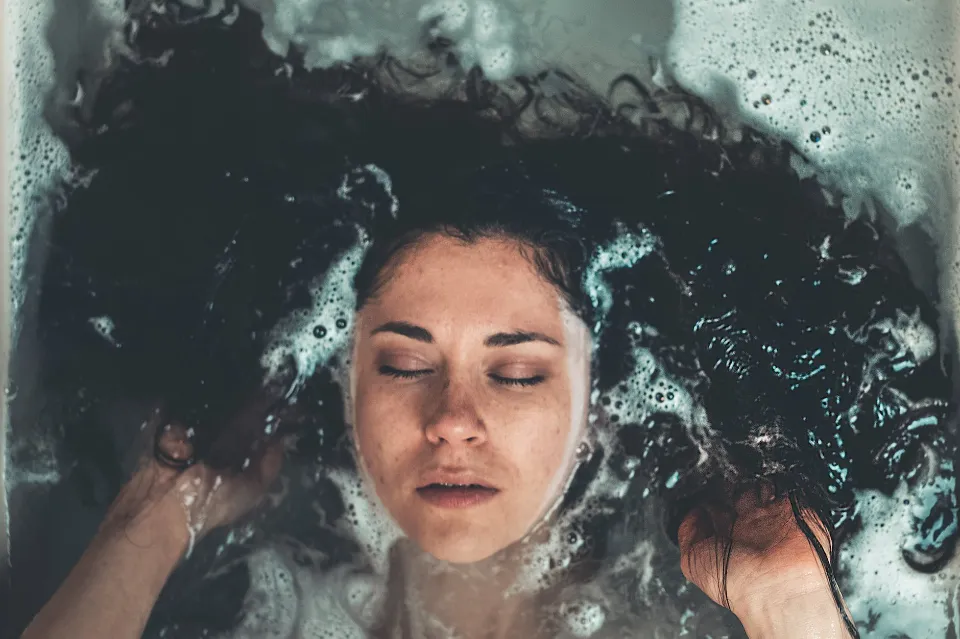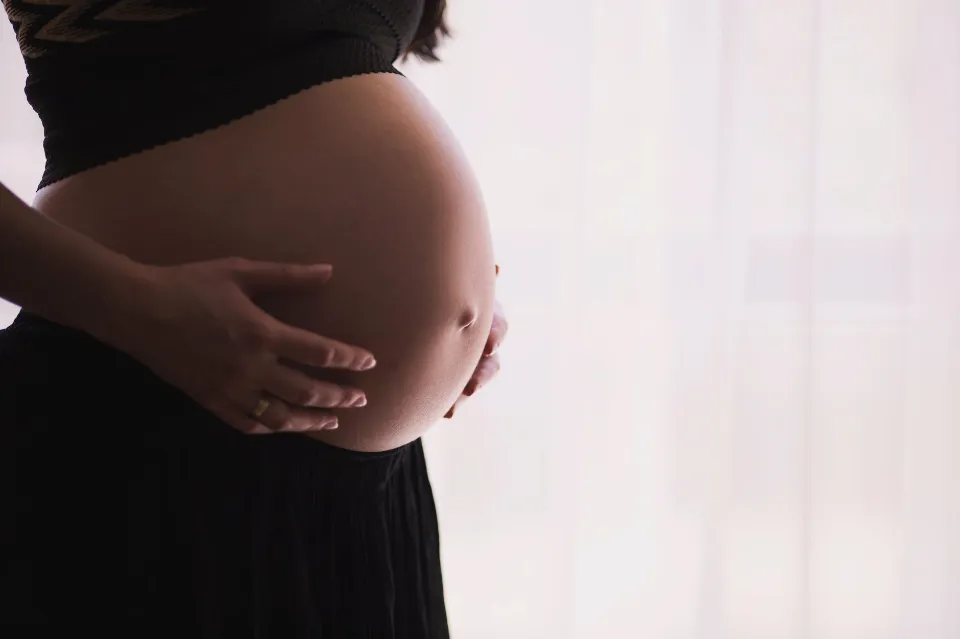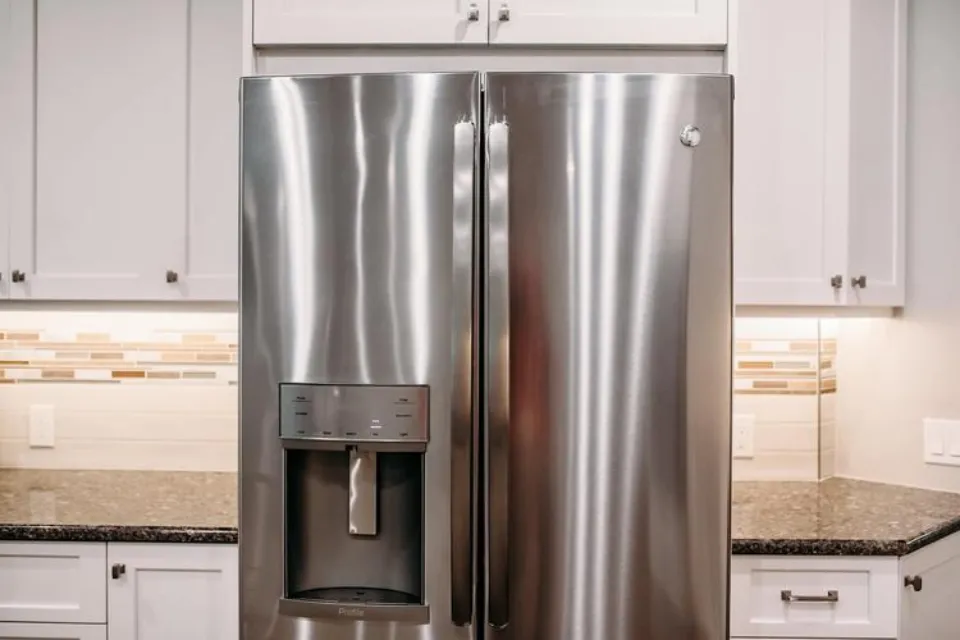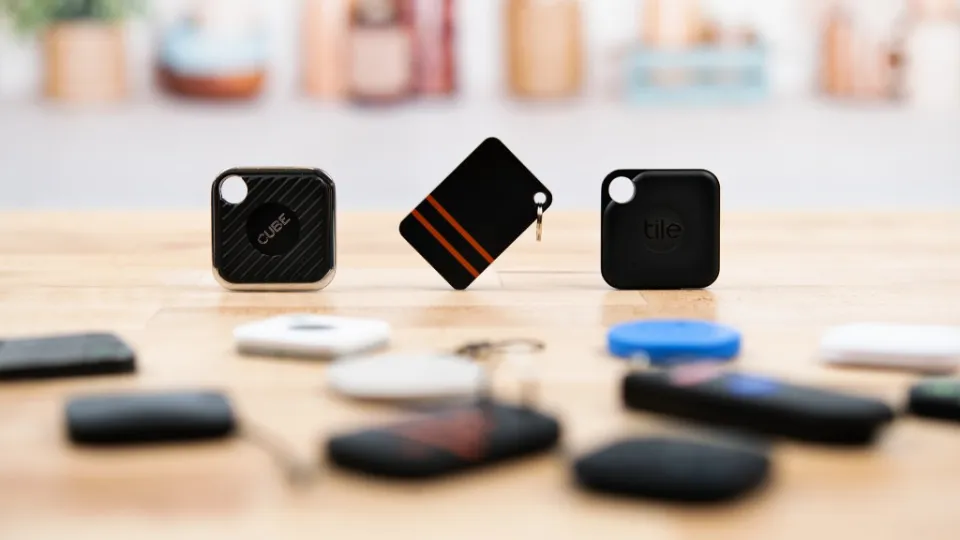When dying your own hair at home, the instructions frequently instruct you to apply the color while in the shower; however, when going to the salon, this is typically done after the hair has dried.
It is possible to dye your hair while it is wet, but the color may not be as vibrant, the dye may not last as long, and it may be a little more uneven than if you colored it when it was dry.
When we consider dying our strands, we often forget to consider whether our hair is wet or dry. In actuality, applying to wet hair has some advantages.
Can You Dye Wet Hair?
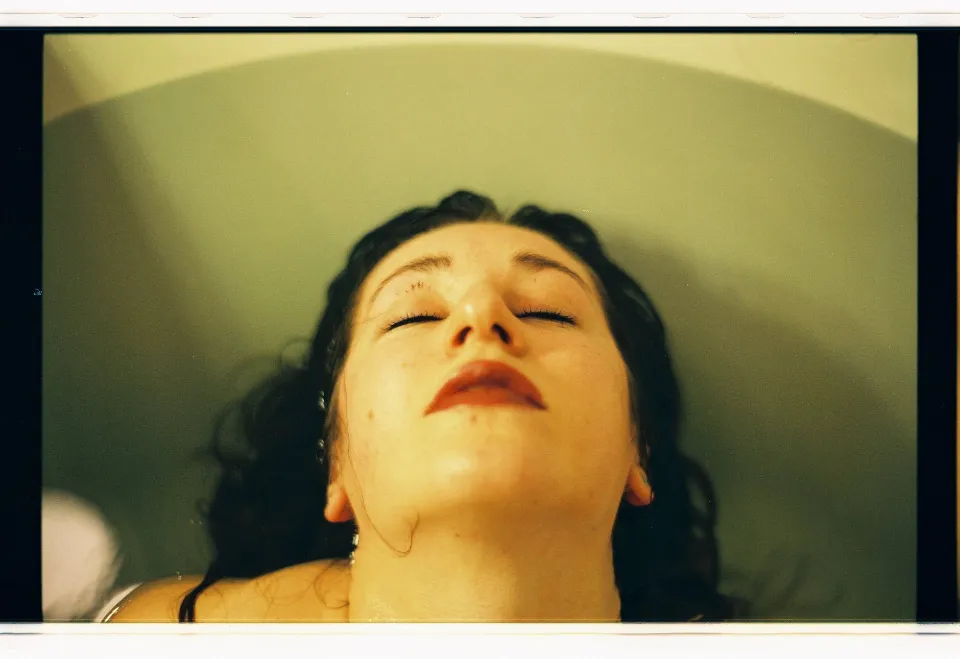
You can dye your hair while it’s wet, in fact. Even in the salon, there are numerous occasions when applying wet hair is completely acceptable but frequently disregarded. Consider this: the rest of your color is applied while your hair is still wet when you get highlights and they take you to the shampoo bowl to remove the foils and rinse off the bleach. Simply put, more often than we may even be aware, we color our hair on wet hair. So, you ask, what’s the difference?
The difference is permanence. Only the type of color formulas we’re using determines whether we should apply to wet or dry hair.
The Benefits of Dyeing Hair While It’s Wet
While hair color can be applied to wet or dry hair, applying to wet hair does have a couple perks worth making note of:
- A little bit of dye goes a long way: The additional moisture from the water aids in the color’s even distribution. In contrast, you’ll need to pay much closer attention when applying dye to dry hair to make sure you’ve covered every strand completely.
- Contains your mess: Let’s face it: when it comes to so many at-home hair color products, being told to apply to wet hair is kind of a relief. Applying hair color with a squirt top bottle and mushing all our hair together until it lathers in the shower is way easier than the precision required of a brush-and-bowl application.
The Drawbacks
A few of the drawbacks to wet hair application include:
- Uneven application: Although the additional moisture might aid in color distribution, it’s still a less exact method of applying color. You should pay extra attention to a detailed, dry hair application if you want a more dramatic change in your appearance.
- Water could potentially dilute your color: If your hair is extremely dry and damaged, then your hair is already parched and looking for moisture! As a result, there might not be much room left for the dye to penetrate the cortex of your hair because it has already absorbed so much water. That doesn’t mean it won’t work, but your results may not be as vibrant or long-lived as you’d hoped for.
- Prone to more damage: Avoiding heat, using an abrasive brush, and towel drying your hair are just a few easy steps you can take to help wet, fragile strands get a little extra TLC (especially after getting a color treatment).
Types of Hair Color That Work Best on Wet Hair
Now, this may be another drawback, but dyeing your hair wet doesn’t actually work for every color job. Dry hair must be applied for permanent coloring jobs. Going either lighter or darker could be the result. Dry strands are required for bleaching, which is done to lighten hair, in order to apply the bleach precisely and without bleeding. Dry hair works best if you’re using a permanent color to darken your strands because it allows the dye to penetrate deeper and affect your hair’s condition on a more profound level than just the top layer. That being said, here are your color options for dyeing on wet hair:
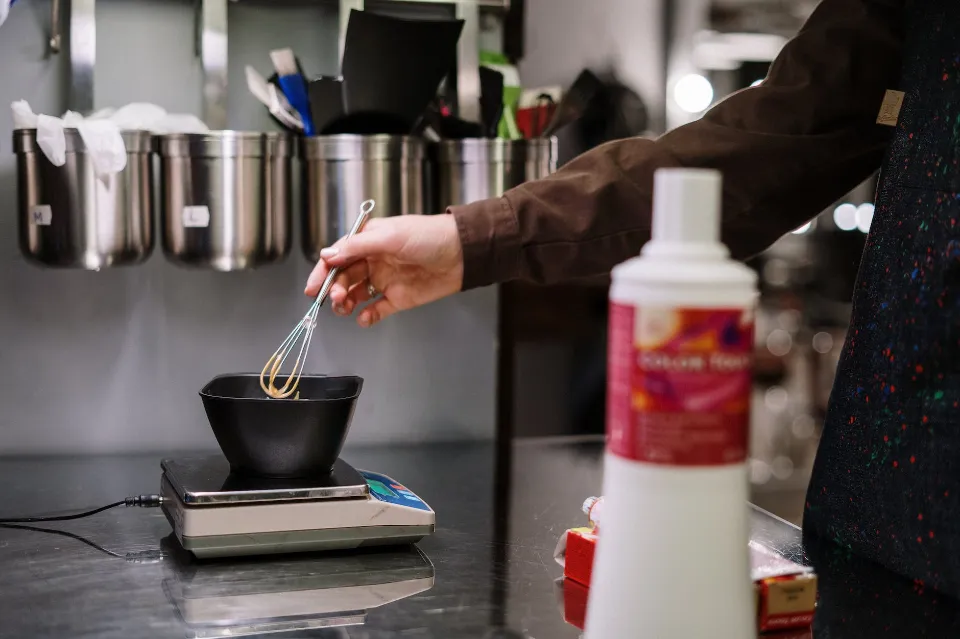
Semi-Permanent Color
Ammonia or peroxide developers are absent from semi-permanent colors. These hues are designed to merely cover your cuticle with a thin layer. Their formulations aren’t greatly impacted by the presence of water because their purpose is to subtly enhance or change the tone of your hair and provide a more subtle change with a shorter life span. Because they don’t lift the hair or cause other significant, lasting changes to the hair, these colors look good on wet hair.
Demi-Permanent Color
The primary distinction between a semi-permanent and demi-permanent color is that a demi-permanent color penetrates your hair shaft more deeply than a semi-permanent color that merely coats it. A demi-permanent color will last you longer than a semi-permanent color because of increased color absorption. Applying it to wet hair won’t have a significant impact on the performance of your color because it’s still a temporary color despite the ammonia content. The minor drawback here is that your hair may absorb more water and less dye, which could slightly muddy the formulation of your color and shorten its expected lifespan by a few shampoos. It’s nothing too major, but something worth knowing!
Other Temporary Dyes
We may not think of them as semi- or demi- permanent colors, but those playful pops of bright pink and other highlighter and pastel hued tones, as well as the toners used to neutralize your highlights at the shampoo bowl, are classified as temporarydyes and are safe to use on wet hair.
A simple rule of thumb to keep in mind is that applying color to wet hair is a foolproof choice with benefits as long as the change you want to make is temporary and not permanent.
Conclusion
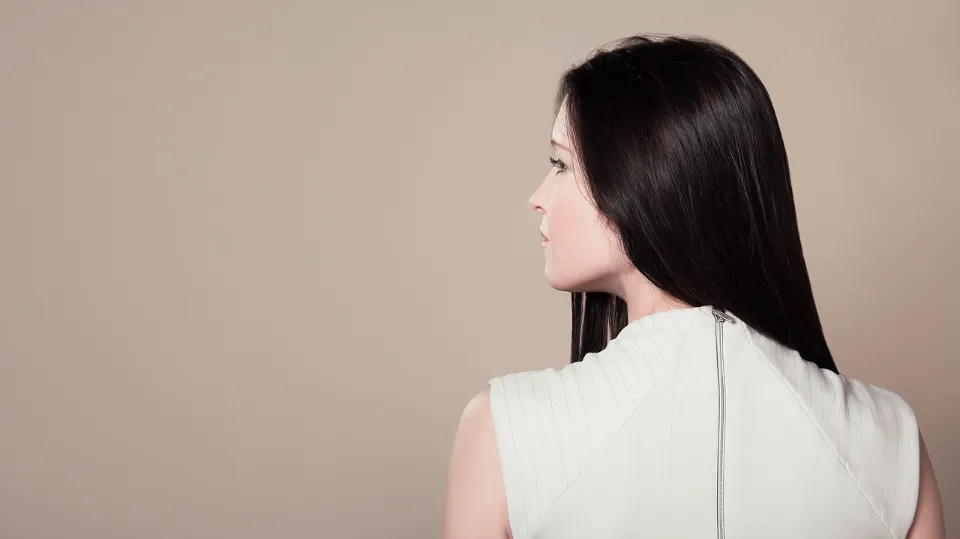
While you can dye your hair while it’s wet, make sure to adhere to all the directions specific to your dye treatment. Don’t forget to deep condition your hair after the process for the next 6 weeks, and be absolutely sure you’re not using hydrogen or ammonia on wet hair.
If you’re looking for a subtle change, touching up your roots, or looking to increase highlights, dyeing your hair wet is the perfect go-to for you.
On the other hand, if you want to completely alter your hair or need to use permanent or box dye, make sure your hair is completely dry before adding any color. Happy coloring!
Frequently Asked Questions
Are you still unsure about trying to dye your hair while it’s wet? The most frequent queries posed by people just like you are listed below.
Is It Better to Dye Wet Or Dry Hair?
There is no better way to dye your hair, regardless if you’re dyeing wet or dry. Although it’s advised to deposit color on dry hair because it absorbs quickly, it all depends on the final look you want to achieve.
Can I Use Box Dye on Wet Hair?
Due to the high concentration of ammonia and hydrogen that most box dyes contain, it is not advised to use box dye on wet hair. Your hair might be safe, however, if the box dye warns against using these items.
Can I Dye Wet Hair After Bleaching?
Many experts advise against dying your hair while it’s still wet after bleaching because the bleach may have damaged the strands and made them brittle. Wet hair, as previously mentioned, makes it easier for dyes and chemically induced products to break your hair and cause permanent hair loss.
How Often Should I Dye My Hair?
To avoid long-term harm to your hair follicles, it is advised that you dye your hair only once every 6 to 8 weeks. Use deep-conditioning products in between dye treatments.

